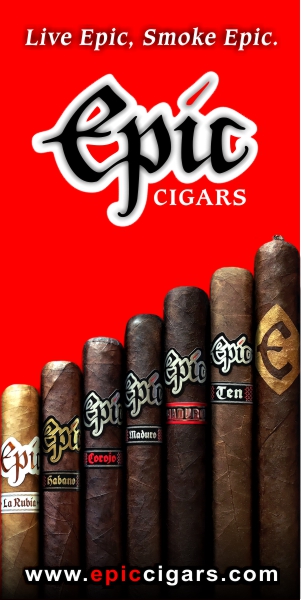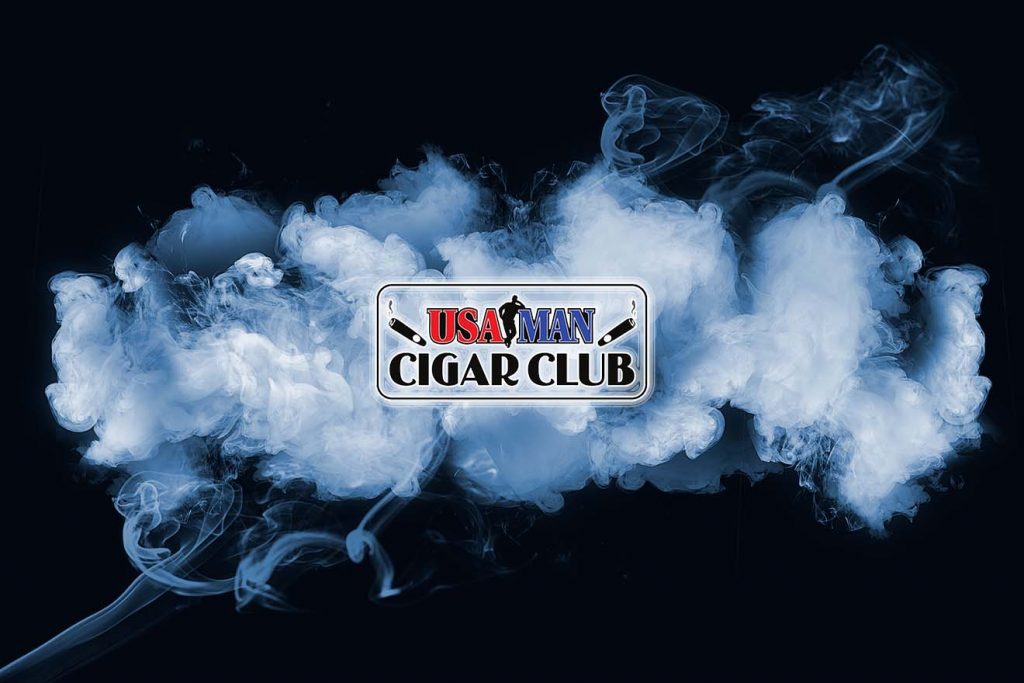A Whiskey Overview
The wide world of whiskey is certainly delicious, but it can be a bit overwhelming, so let’s break it down.
Whiskey is typically a coppery gold/brown liquor that’s made a variety of ways, but generally speaking, it is derived from a grain mash which is fermented, distilled, and then aged, most commonly in wooden barrels for different periods of time. A labor of love.
Is it whiskey or whisky or bourbon or scotch? If you’re someone who’s heard all of these different terms before without ever actually figuring out the difference between them, let me fill you in.
The spelling difference between whiskey and whisky is a subtle one, but the reason for it is due to a long-lasting liquid gold feud between Ireland and Scotland. To give you a full history lesson would be boring, but let me give you a nutshell version:
Whisky/whiskey as a noun is derived from the Gaelic word “uisce beatha” which means the “water of life” (and the amber liquid surely is!)
Early whiskey making in the 1800’s saw a feud arise between distilleries in Scotland and Ireland who laid claim to the triple distilling process. So, to settle the heated dispute, the spirit that came from Scotland would be legally called “whisky” while its equivalent in Ireland would be called “whiskey.” End of story, right? Well, not really.
Due to America welcoming a large population of Irish Immigrants over the years, American whiskey would take on the Irish spelling, but would eventually develop its own version of the liquor– bourbon (more on that later).
Interestingly enough, probably based on proximity, Canadian whisky and the up-and-coming Japanese whisky industries would inherit the Scottish spelling.
Okay but is there actually a difference between all the different liquors other than the production location? Yes indeed.
Scottish whisky can be distilled a different number of times but is aged a minimum of three years while Irish whiskey is almost always triple distilled and must be aged for three years and one day.
To make things more complicated, “Scotch” is Scottish whisky, but not all Scottish whisky is considered scotch. Basically, in order to qualify as scotch, it must be made from 100% malted barley.
Similarly, all bourbon is American whiskey, but not all American whiskey is bourbon. To qualify as bourbon, it must be made from at least 51% corn mash.
I think that’s all the education we can do for today, let’s get down to drinking the stuff!
Since we discussed the main differences between Irish Whiskey and Scotch, let’s talk about two of the best in each category:
Probably the most famous worldwide whiskey is Jameson Irish whiskey. Jameson has notoriously popular flavor and it is impeccably smooth due to the triple distilled trademark process. It is made using both malted and unmalted barley and aged in used American Oak barrels. With notes of sweet vanilla and sherry mixed with slightly spicy woodiness, this blended Irish whiskey is a classic for a reason. Sláinte!
Macallan 12 is one of the most significant Scotches out there, and a luxury one at that. Aged in a selective mix of sherry seasoned American and European oak barrels for 12 years, and in true scotch fashion, it’s made from 100% malted barley. While the flavor of this scotch may come out swinging in the first sip with overwhelming notes of warm spices, it settles into a sweet spicy plum flavor with those notes very clearly coming from the sherry barrels. Macallan signifies what it means to be a quality scotch: complex, luxurious, and rewarding.
To wrap up, I want to mention an American whiskey that has recently caught my eye.
While Jack Daniels Tennessee Whiskey is not new by any means, the company’s new “Gentleman Jack” is a uniquely new bottle of American whiskey that begs to be sampled. It’s foundation is made and aged similarly to regular Jack Daniels; from corn/rye/malted barley, distilled in copper pots, and filtered through the company’s unique process of “mellowing” through sugar maple charcoal. However, Gentleman Jack is double mellowed by filtering it through the charcoal a second time after the barrel aging process—an unprecedented step. The result is a sweet and smooth whiskey like no other, with strong floral notes of caramel and vanilla, but a subtle hint of spice as well. A great example of an American whiskey that demands attention.
The “angel’s share” refers to the small percentage of whiskey that evaporates into the air during the aging process—a share of whiskey for the angels.









